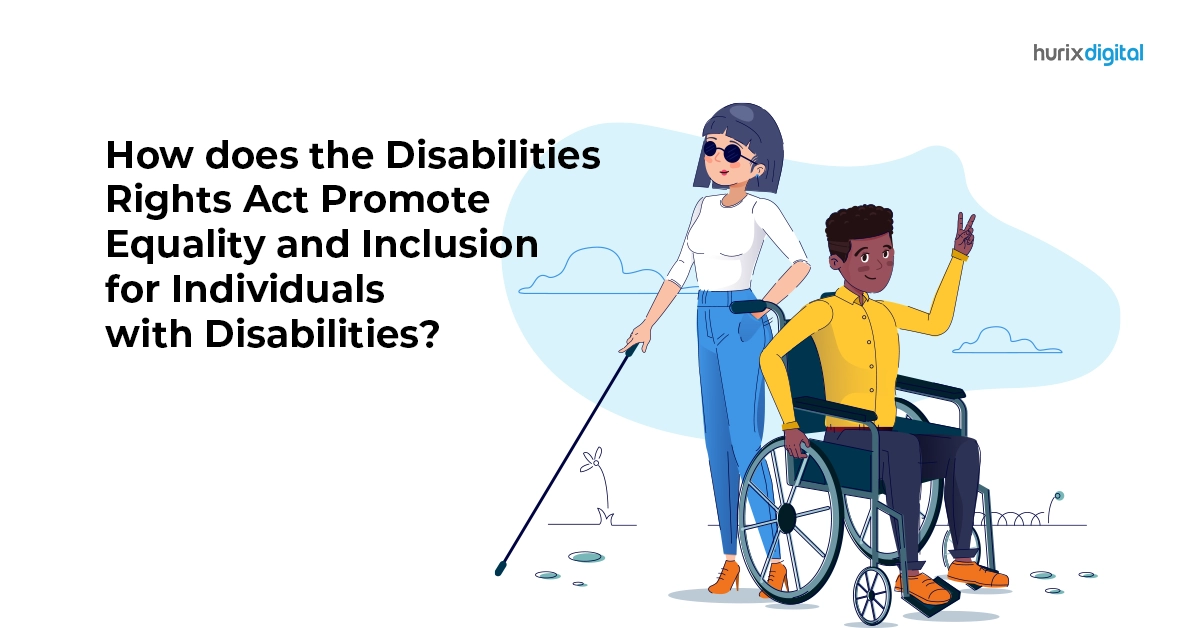Summary
The blog post addresses the challenges associated with digital content transformation and provides strategies to overcome them. It discusses issues like content migration, format compatibility, scalability, and user adoption. The post offers practical solutions and best practices to help organizations navigate the complexities of digital content transformation successfully.
The relevance of content is continually growing in the marketing world. Content marketing revenue was estimated to be $63 billion in 2022; it is expected to grow to $ 107 billion by 2026. Even business-to-business (B2B) companies are prioritizing content creation and dissemination. As of July 2022, around 40% of B2B companies had a documented content marketing strategy.
Content has undoubtedly emerged as an effective pillar for businesses to drive brand awareness, product campaigns, engagement, and conversions. However, companies continue to face several challenges when attempting to streamline and scale the creation and dissemination of great content.
A major gap is that content teams may lack the tools to build and deliver effective, streamlined, data-driven content. This blog reviews the core challenges and risks of digital content transformation and how brands can use smart technology solutions to address them.
Table of Contents:
- Eight Challenges and Risks of Digital Content Transformation
- Leverage the Right Technology Solution
- Conclusion
Eight Challenges and Risks of Digital Content Transformation
Here is a snapshot of common scenarios and their accompanying issues:
-
Manual Content Processes
Many content teams create and disseminate content through manual processes, which reduces efficiency, and impact.
For instance, they may be sharing content via email with attachments. They may also be storing content on individual laptops, making it challenging to access.
Key risk: The continued use of manual processes makes the entire workflow – from the creation of content to its dissemination – an unoptimized experience, thus making it difficult to scale.
-
Managing Multiple Content Channels
Today, businesses are looking to engage consumers across several channels and use an omnichannel approach.
Studies indicate that businesses using a minimum of three channels of engagement as opposed to just one experienced a 250% increase in purchase frequency. However, streamlining and executing omnichannel engagement is not easy.
Key risk: Teams invest an extensive amount of time posting content on various platforms, which duplicates the efforts and reduces efficiency.
-
Publishing eBooks as PDFs
Today, consumers are reading eBooks more than ever, and more businesses aspire to leverage eBooks to raise brand awareness and grow customer engagement. The eBooks market size is expected to grow to 1.12 billion users by 2027, with projected revenues of $ 15.39 billion.
However, PDF versions of eBooks are becoming outdated, and consumers are seeking a superior eBook experience through the usage of multimedia embedding and superior functionalities. But content teams need access to software to help them develop contemporary eBooks.
Key risk: PDF eBooks can be easily duplicated, downloaded, and reshared. Hence, companies lose out on exclusivity and revenues. They also do not offer an immersive experience.
- <h3id=”challenges”>Challenges with File Conversion
Companies on the digital content transformation path need to convert maximum content to various file formats.
Using a lot of the freely available software can pose a security risk for the data. Teams may need to use multiple software which support various formats.
Key risk: A lot of older content has reuse value. However, it needs to be converted into newer file formats so they are consumable to newer audiences. Old content will become redundant without an optimized, efficient, secure process.
-
Inaccessibility of Content
Businesses are continually seeking to capture newer market share. However, a lot of mass-produced content is not accessible to all demographics.
For instance, consumers with specific limitations, challenges, and barriers may be unable to access content.
Key risk: One of the main fallouts of creating inaccessible content is that businesses lose out on converting specific demographics into customers.
-
Poor Distribution Systems
Many businesses are still distributing content using traditional services such as email and messaging apps. However, archiving, accessing downloads, and receiving content of a higher bandwidth can be a challenge.
At times companies may also be distributing highly sensitive content which is easy to download or take a screenshot off.
Key risk: Consumers tend to skip or miss out on content, which requires downloading and other actions. They may find it challenging to archive or download due to bandwidth issues and a cluttered channel feed.
-
Lack of Access to Comprehensive Data Insights
Data is a valuable asset for content creators and marketers. But access to comprehensive data, which is processed meaningfully, is a major gap for businesses.
Key risk: Content management teams are unable to make data-driven decisions, which makes their strategies less effective.
-
Poor Team Collaboration
Content management teams typically have several roles, such as writers, creators, project managers, and client services.
Today, a growing number of teams also collaborate through remote and hybrid work modes. The usage of multiple software and communication channels adds another layer that makes inter-team collaboration extremely chaotic.
Key risks: Miscommunication, missed deadlines, and lack of access to content resources, are some key issues that can result in demotivated teams and ineffective content initiatives.
Leverage the Right Technology Solution
The best way to solve multiple issues in one shot is to embrace the use of a single, unified, cloud-based content management interface, which brings all stakeholders onto one platform.
This is essentially software as a service (SaaS) digital publishing platform, which uses an embedded software code to help seamlessly create, publish, and distribute digital content.
Here is a snapshot of key advantages that can benefit a company’s digital transformation strategy with the usage of such a tool:
- All repetitive tasks and key processes are automated, increasing the efficiency and productivity of teams.
- Instead of managing channels such as email, social media, and messaging apps via multiple interfaces, all channels can be managed from one platform.
- This software is equipped with a digital rights management feature that enables businesses to control who has access to content such as eBooks, which require authorization.
- Older content can be institutionalized by storing it in an organized manner, easy conversion of files to newer formats, and the addition of multimedia to make it interactive.
- All content can be made accessible to wider audiences by using language features and functionalities such as font adjustment and highlighting.
- eBooks can be published in the ePUB format, which enables them to be more engaging through content presented as videos, audio, infographics, and assessments. ePUB format also optimizes across operating systems, thus making it suitable for any device.
- All stakeholders, such as team members, clients, vendors, and customers, can be onboarded onto one platform, thus making collaboration extremely easy.
- Digital publishing platforms deeply dive into data, delivering valuable insights into content usage, engagement, habits, and behavior. It can also predict future behaviors using Artificial Intelligence (AI) driven data tools.
Conclusion
Many companies are grappling with these eight challenges and risks of digital content transformation, which can be addressed with the strategic usage of technology.
Using superior digital publishing tools by business teams can help companies leverage content as an effective pillar to achieve business goals.
If your company aims to create and distribute content seamlessly at scale, Hurix Digital has the expertise to support your business goals. Our tech-enabled digital publishing interface is accessible as a licensed version (one-time buy) and a subscription model.
Reach out to us to start a conversation.
Also Read – What is content transformation and what are its uses









